What temperature to cook salmon? Here is the ultimate guide that has everything you need to know to cook moist and flaky salmon every time.
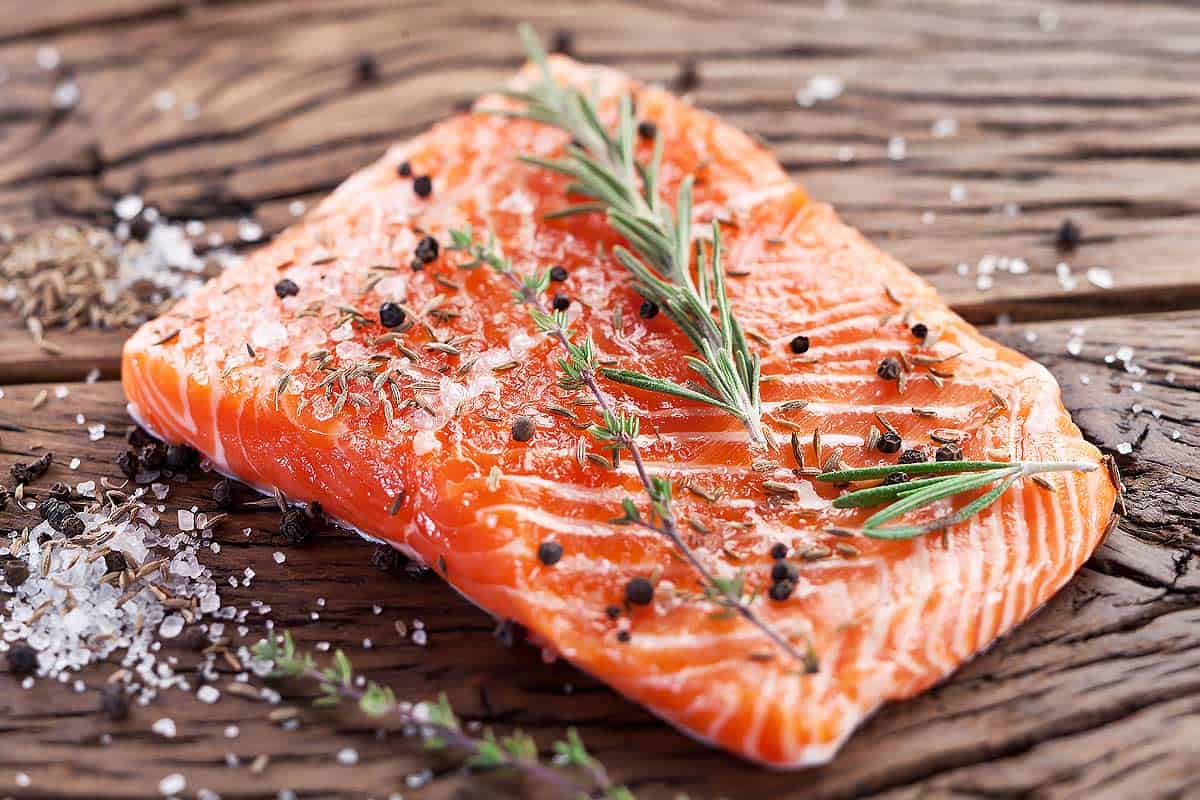
Salmon
This fish is an absolutely wonderful protein. It’s tasty, it’s pretty healthy, and it’s versatile enough to work in just about any type of meal. No wonder it’s such a staple of so many cuisines all over the world. Cooking your salmon to perfection can be a little confusing, however. This is only exacerbated by different recipes demanding different times and temperatures.
The simple answer to what temperature you should be cooking your salmon at is this: you should always cook salmon to an internal temperature of 110-145 F. There are plenty of other factors to consider when cooking salmon, however, and that’s what we’ll be getting into with this article.
❗ We’re taking a deep dive on the process and reasoning for different approaches to cooking salmon, including species, cut, temperature checks, and our three favorite methods of preparing salmon.
Choosing the Right Salmon

It’s not quite as easy as it seems to pick the right piece of salmon. How will you know which piece of salmon is right for you? There’s wild, farmed, fresh, frozen, and different species of salmon as well as various cuts of the fish. What happened to a simple fish fillet?
Here’s our guide to the different aspects that affect which piece of salmon is right for you.
Salmon Species
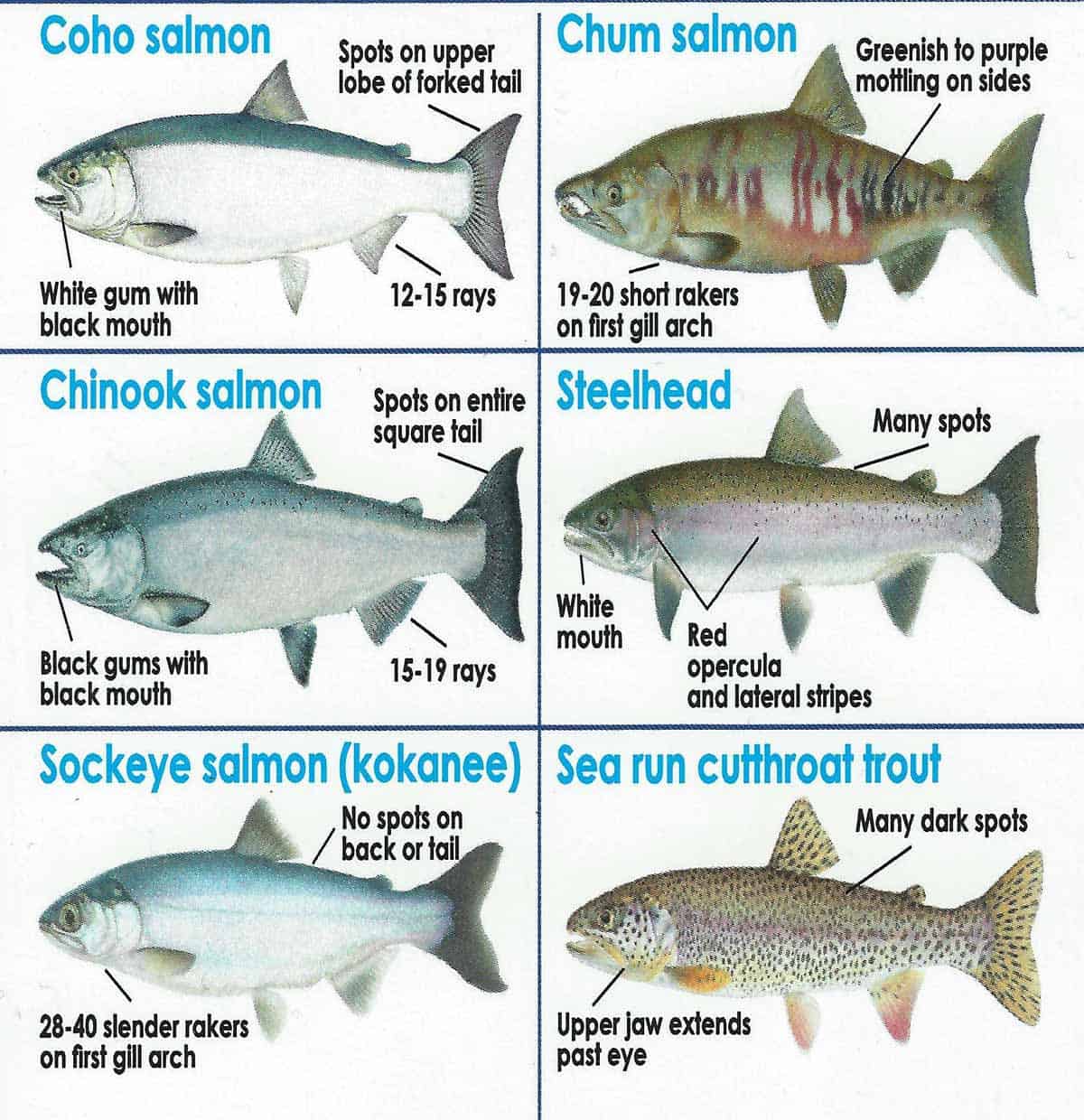
Did you know that there are many different species of salmon, and some of them are endangered?
From a culinary perspective, there is not a huge difference between the different varieties of salmon. They all have pretty similar flavors and textures. Although there is some variance in size, it’s not enough - especially if you’re only getting salmon steaks or a fillet - to really make a huge difference to your cooking.
What does matter, however, is the conservation perspective. There are some salmon species that are endangered, including Sockeye, Rock, and Cape salmon. We would advise against buying these salmon species so the fish stocks can replenish. Likewise, Norwegian, Scottish, and Alaskan salmon species from the Atlantic are approaching endangered status.
All the endangered salmon species are wild-caught. This means that when you’re buying wild-caught salmon, you should check the species on the packaging. If it’s any of the above, we recommend that you avoid buying it. If the species is not listed - which it should be by law anyway - definitely don’t buy it!
Wild Caught vs Farmed

Although some might stick their noses up at the prospect, it’s perfectly OK to eat farmed salmon. Wild salmon’s taste and texture are better than that of farmed salmon because modern farming methods cannot replicate the lifestyle of an oceangoing fish. However, farmed salmon is still very tasty and can be raised sustainably, reducing our impact on the environment and on global fish stocks.
We recommend buying sustainably farmed or caught salmon in order to help keep the species healthy and allow future generations to enjoy this awesome fish.
Here’s a handy guide to wild vs farmed salmon:
| Wild salmon | Farmed salmon | |
| Definition | Caught in open waters generally in either the Atlantic or Pacific oceans | Bred, raised, and caught in a confined aquacultural system anywhere in the world |
| Texture | Firmer, more “meaty” | Softer, more buttery |
| Availability | Seasonal, limited to late spring to early fall | Year round |
Whether you’re cooking wild or farmed salmon also affects the internal temperature to which you will need to cook your fish.
Fresh vs Frozen
Depending on availability, you might also have to choose between fresh or frozen salmon. Fresh salmon should always look moist and shiny, with no blemishes or smells on the cut of fish. Fresh salmon almost always has a fresher taste and better texture than frozen.
Frozen salmon can be better than non-frozen. Always check the label to ensure that your frozen salmon was flash-frozen immediately after catching.
Vacuum sealing salmon is one way of preserving a fresh cut without freezing it. Salmon always needs to be totally defrosted before you can cook it. Remember to include that in your time planning.
You should generally thaw frozen seafood in the fridge overnight.
If you’re running short on time, we recommend placing your frozen seafood in a resealable plastic bag and immersing it in cold water, cooking the salmon immediately afterward.
Salmon Cuts
Another thing to consider is the cut of salmon you’re purchasing. Generally, the cut of salmon affects its cooking time, but you can stick to the internal temperature guidelines without exception.
Usually, your cut of salmon should be indicative of the recipe you’re making, as well as how it ought to be cooked and prepared. The most common cuts of salmon are outlined below.
| Cut | What it is | Size | Best cooking methods |
| Whole side | A single fillet of a fish | 4-5 lbs (1.8–2.2 kg) | Great for roasting or curing |
| Individual fillets | A smaller piece cut from a whole side | 6-8 oz. (170–230 g) | Best for roasting, pan-searing, poaching, grilling, or smoking |
| Steaks | A single portion cut perpendicular to the fish’s spine, not from the fillet | 8-10 oz. (230–280g) | Best for pan searing |
| Belly | The lower section of whole fillet | Varies depending on fish | Good for slow roasting, poaching, pan-searing |
| Loin | A portion of whole fillet with both fat and flesh on | Varies depending on fish | Good for roasting, pan-searing, grilling, smoking |
Before you cook salmon, be sure to remove any of the little bones you can see and scale and skin your fillet. Some fish bone pliers might make this job a little easier and less time consuming.
If your piece isn’t portioned the way you like it, you can always cut it down to your requirements. This is a useful way to ensure that you get exactly the size and shape of fillet that you want.
Salmon Cooking Temperatures
You should, according to FDA guidelines, cook all seafood to 145 F. Doing so can dry your fish out, however. Our table below offers a guideline for cooking temperatures that obliterate any health hazards in the fish, but leave you with a juicy, tender piece of meat.
| Medium Rare | Medium | Well Done | |
| Fahrenheit | 110°F-115°F | 120°F-125°F | 145°F |
| Celsius | 43.3°C–46.1°C | 48.9°C–51.6°C | 62.7°C |
You should always cook farmed salmon to 125 F, which will leave you with firm, silky fish flesh.
Wild salmon should be cooked to an internal temperature of 120 F. Wild salmon, being a more muscular, active fish, has more collagen and connective tissue, and higher temperatures dry the fish out. Wild salmon is also typically less fatty than farmed, with correspondingly less moisture.
How to Check Salmon Temperature
What’s the best way to check your salmon’s internal temperature?
Simply put, use an instant read meat thermometer.
These usually have a long metal skewer that you stick into the food item, with the temperature readout at the tip of the skewer. They’re easy to use and guarantee a perfectly cooked meal every time.
Tips for Taking Salmon Temperature
- Always place the tip of the thermometer in the center of the thickest part of the cut.
- Do not pierce the fish all the way through.
- Ensure the skewer is clean before insertion.
- Do not use an infrared thermometer, which only measures surface temperature.
When to Take Salmon Off Heat
Resting salmon is a vital part of cooking this fish properly. Upon removing salmon from the heat source (such as an oven or pan), the residual heat in the fish will continue to cook it. The internal temperature of your piece of fish will continue to rise, even as you have removed it from the cooking surface.
Generally, it will rise between 10 and 15 F, so we recommend taking your salmon away from heat before it reaches your desired internal temperature. This means you’ll be taking salmon off the heat source while it’s a little undercooked.
Put your salmon on a plate. Wrap with foil or plastic wrap. Allow the salmon to rest for five whole minutes before testing it with your thermometer.
When to Remove Salmon from Heat
| Medium Rare | Medium | Well Done | |
| Cooking Temperature | 100°F – 110°F | 110°F – 115°F | 135°F |
| Remove When | 110°F – 115°F | 120°F – 125°F | 145°F |
Resting salmon, as you would a steak, is vital to ensuring that you don’t end up with dry fish.
The Best Salmon Cooking Methods
Salmon is a pretty versatile fish, but which cooking methods best highlight its texture and flavor? Below are our three favorite cooking methods for salmon.
1. Pan Frying
If you have an individual fillet or salmon steak, pan frying is a great way to enjoy your salmon.
To pan fry salmon:
- Pat it dry.
- Score the skin (to prevent contraction).
- Preheat your pan to medium high.
- Add enough cooking oil to coat the pan.
- Season the fish with salt and pepper.
- Cook the fish skin side down first to your preference.
The below shows how to cook different sized salmon cuts. Note that thicker salmon cuts take longer to cook. Always add five minutes after cooking to let the fish rest.
| Thickness | Medium Rare | Medium | Well Done |
| ½” or 1.27cm | 1st Side: 1 min 2nd Side: 10s | 1st Side: 1 min 40s 2nd Side: 20s | 1st Side: 2 min 45s 2nd Side: 45s |
| ¾” or 1.90 cm | 1st Side: 3 min 2nd Side: 45s | 1st Side: 4 min 2nd Side: 1 min | 1st Side: 5 min 15s 2nd Side: 1 min 15s |
| 1” or 2.54 cm | 1st Side: 2 min 30s 2nd Side: 1 min 30s | 1st Side: 4 min 2nd Side: 2. min 30s | 1st Side: 6 min 15s 2nd Side: 3 min 45s |
| 1 ¼” or 3.17 cm | 1st Side: 4 min 15s 2nd Side: 2 min 30s | 1st Side: 6 min 30s 2nd Side: 4 min | 1st Side: 9 min 45s 2nd Side: 6 min |
| 1 ½” or 3.81 cm | 1st Side: 6 min 15s 2nd Side: 4 min | 1st Side: 9 min 30s 2nd Side: 6 min | 1st Side: 14 min 15s 2nd Side: 8 min 45s |
2. Steaming En Papillote
Steaming works best with smaller pieces of salmon. This method requires you to steam a parchment paper packet of fish with aromatics (herbs and whole spices) and vegetables.
Set your oven to 400 F and let the package do the work!
- Score your salmon skin
- Enclosing vegetables, aromatics, and salmon into a piece of non-stick parchment paper. Seal on all sides so steam can build up. Avoid wrapping too tightly.
- Bake for 10-25 minutes depending on salmon thickness, to the internal temperature of your preference.
- Unwrap packets to prevent overcooking, and allow to rest for five minutes before serving.
The below table covers the best cooking times for different salmon sizes:
Steamed Salmon Fillets (400°F oven)
| Weight | Medium Rare | Medium | Well Done |
| 5oz (141g) | 10 min – 110-115°F | 12 min – 120-125°F | 14 min – 145°F |
| 6oz (170g) | 12 min – 110-115°F | 14 min – 120-125°F | 16 min – 145°F |
| 8oz (226g) | 15 min – 110-115°F | 17 min – 120-125°F | 20 min – 145°F |
3. Roasting
Pretty much all salmon cuts roast wonderfully. Properly roasted salmon cooks from all sides, leaving you with a very flavorful fish.
You can either slow or fast roast salmon. Slower roasting retains more moisture, while faster roasting provides a crispier edge.
To roast salmon:
- Preheat oven.
- Score the salmon skin.
- Place salmon on non-stick parchment paper on a baking tray.
- Brush salmon with olive oil, butter, and seasoning.
- Roast until salmon reaches desired internal temperature.
As always, allow your salmon to rest for five minutes before serving.
The below table shows how long to cook salmon for at different oven temperatures.
| Temperature | Roasting time |
| 250°F | 25-30 minutes |
| 300˚F | 20-25 minutes |
| 350˚F | 15-20 minutes |
| 400˚F | 10-15 minutes |
| 450˚F | 8-12 minutes |
The above guide is for a roughly 6-8oz salmon fillet. Generally, for any extra inch of thickness, add an extra 10 minutes of 400 F cooking time. Avoid placing your salmon in any hot spots in the oven.
Love salmon? Try These Salmon Recipes!!
Baked Salmon with Lemon Butter Cream Sauce


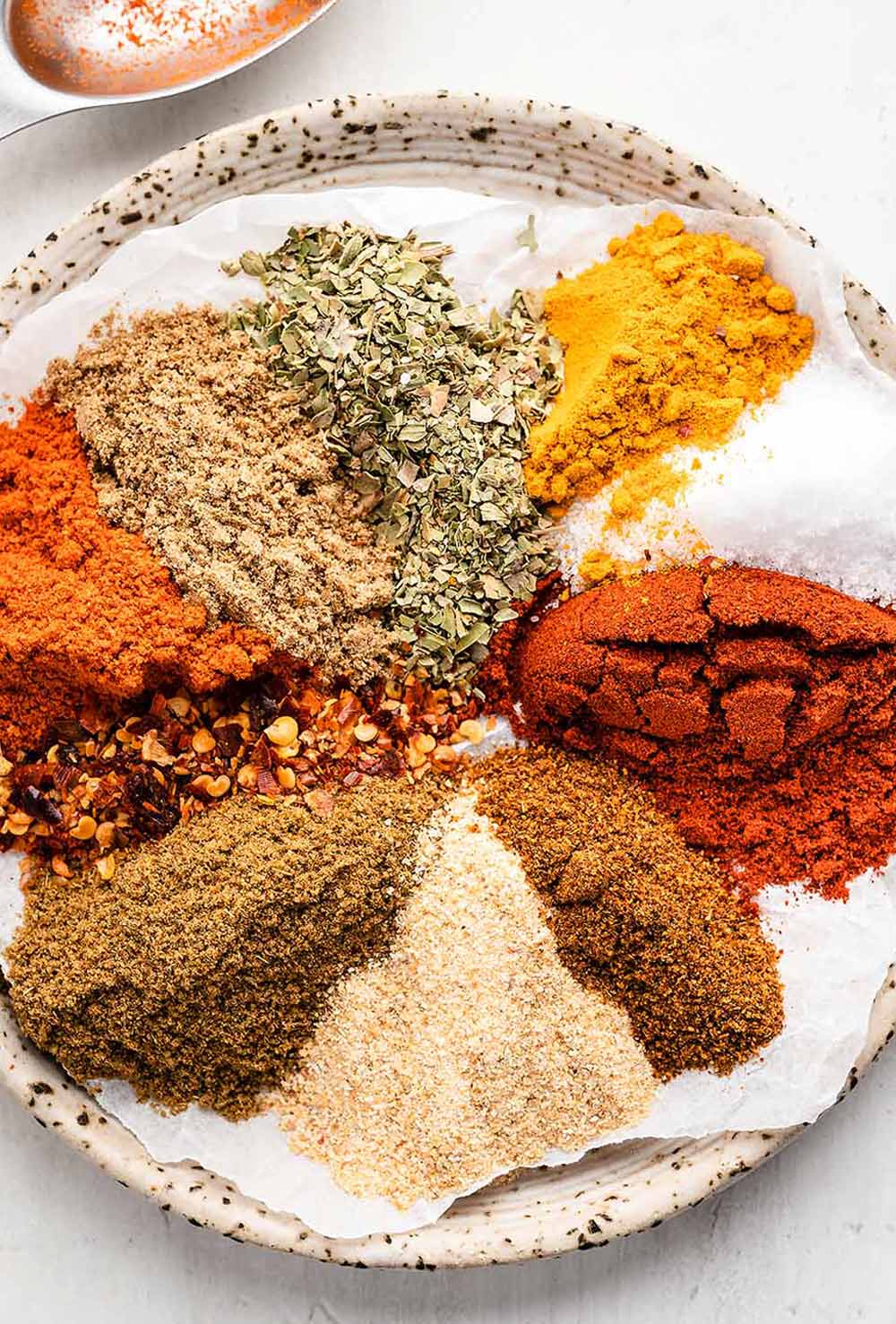
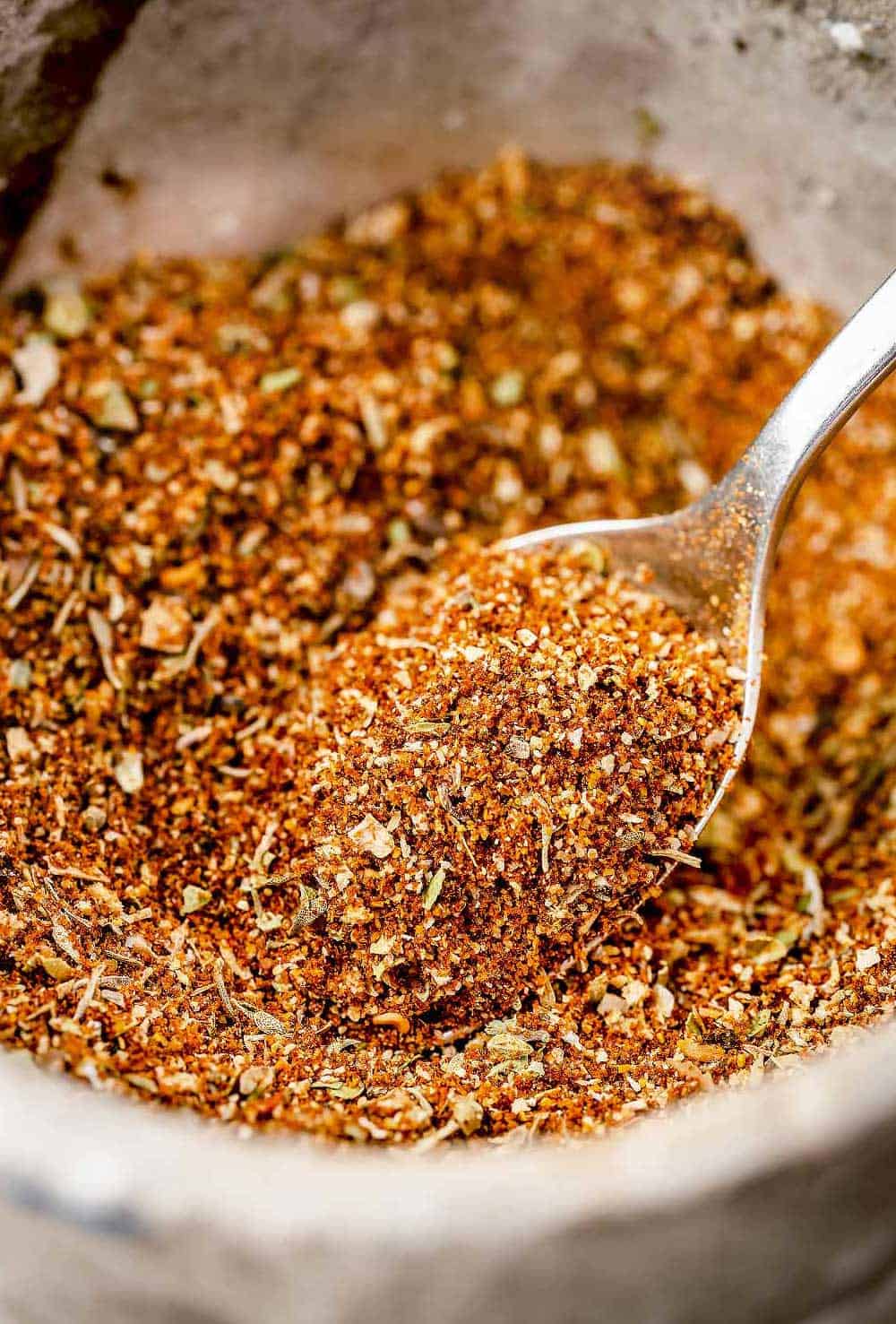

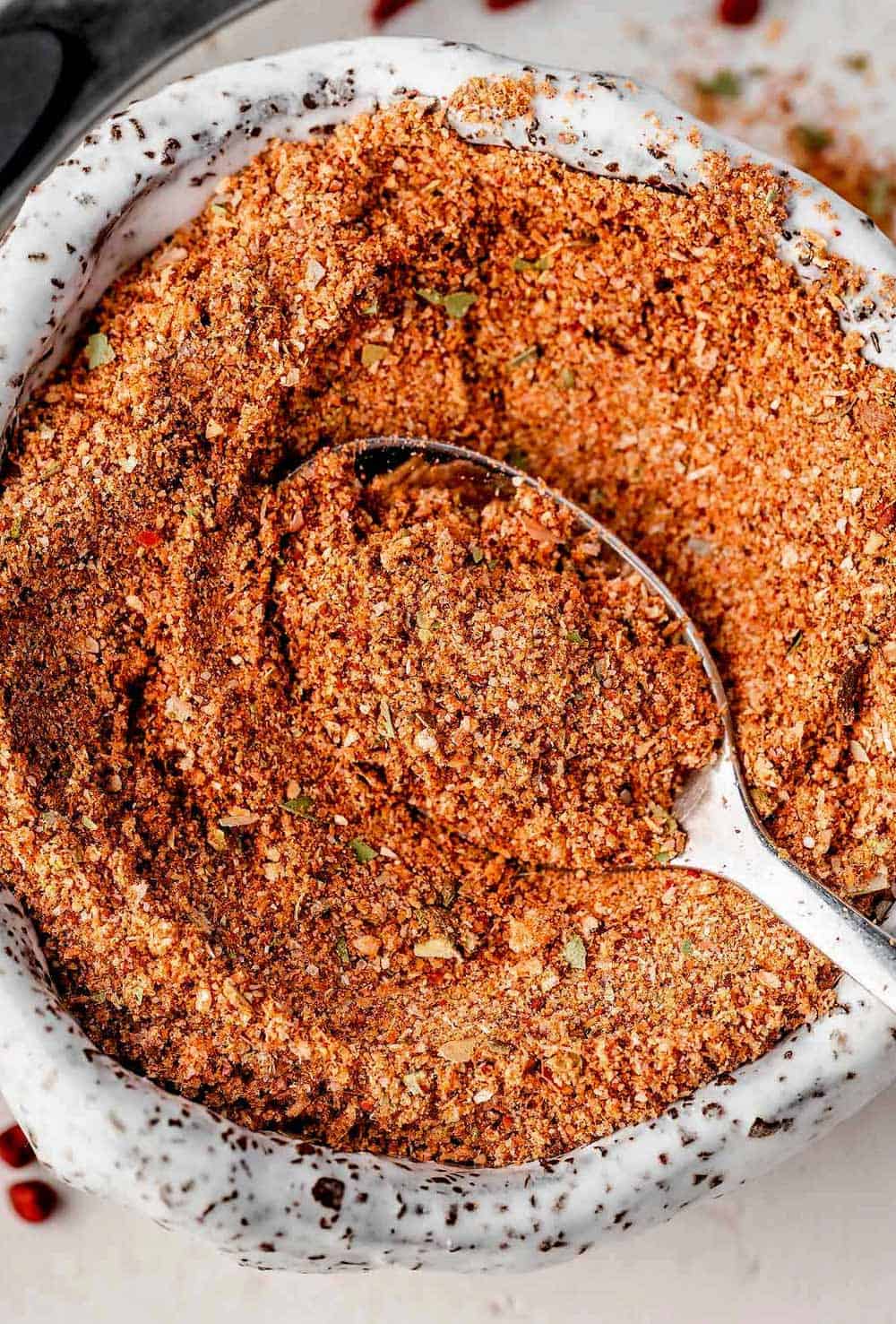
Leave a Reply